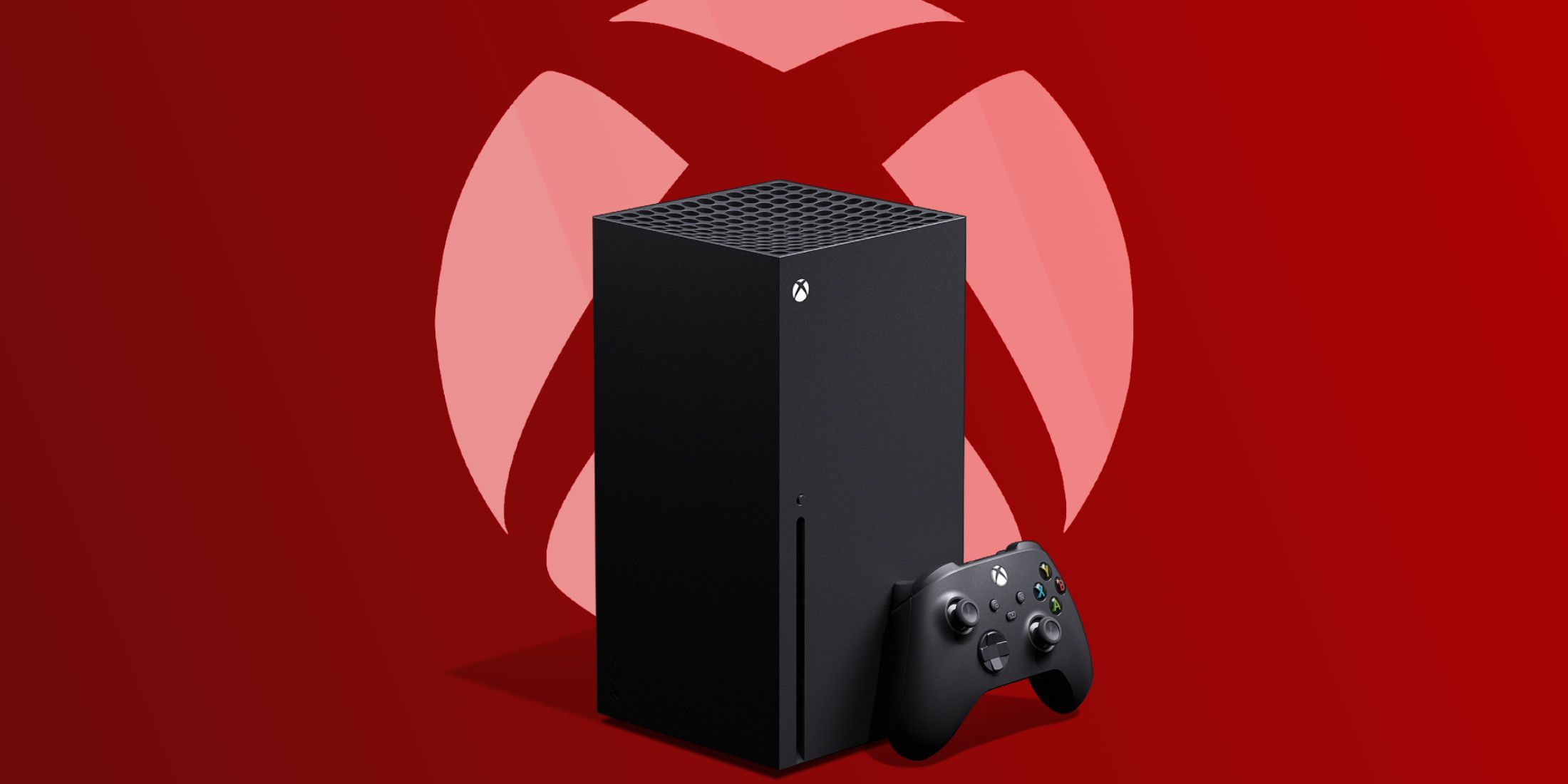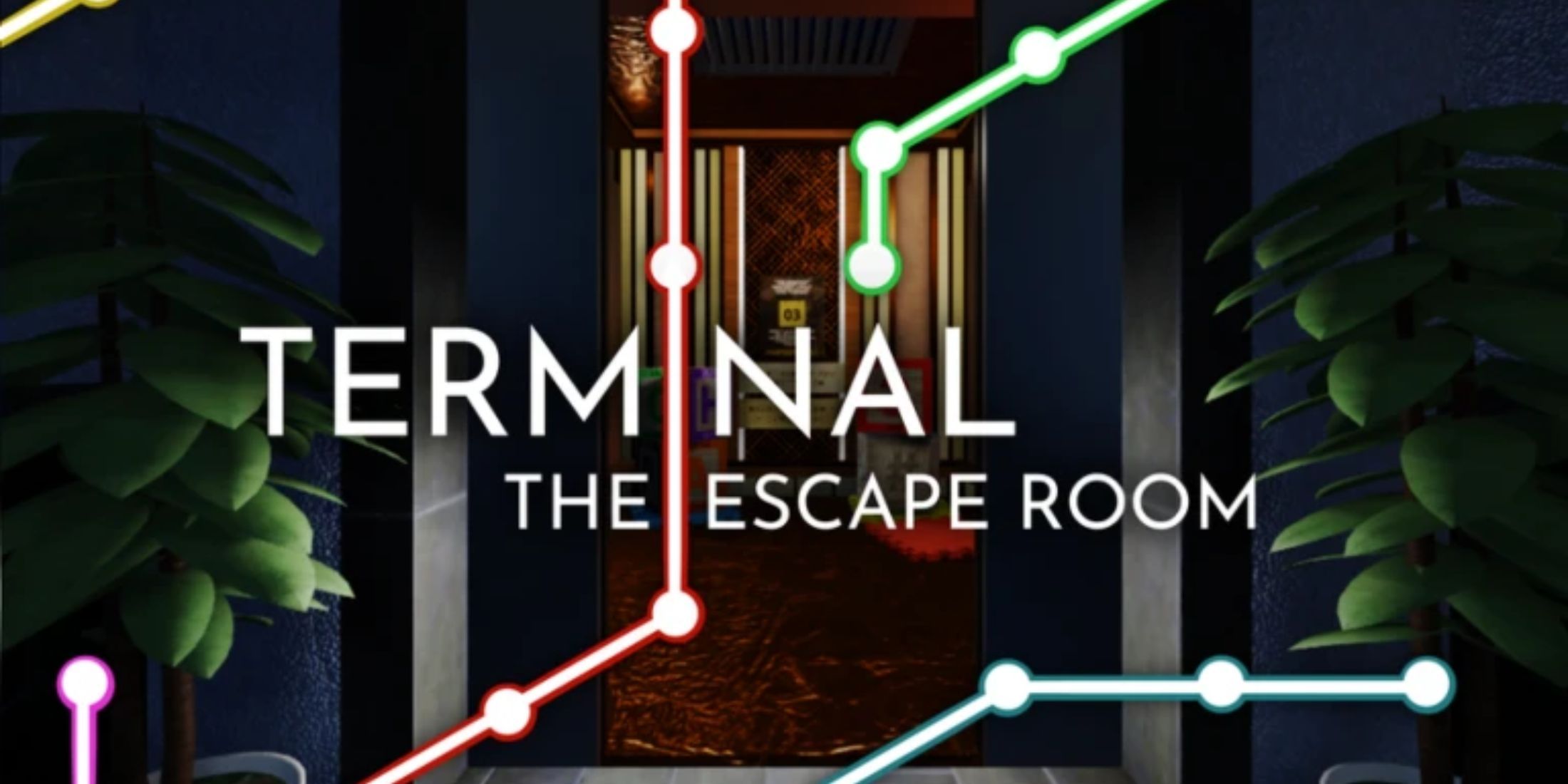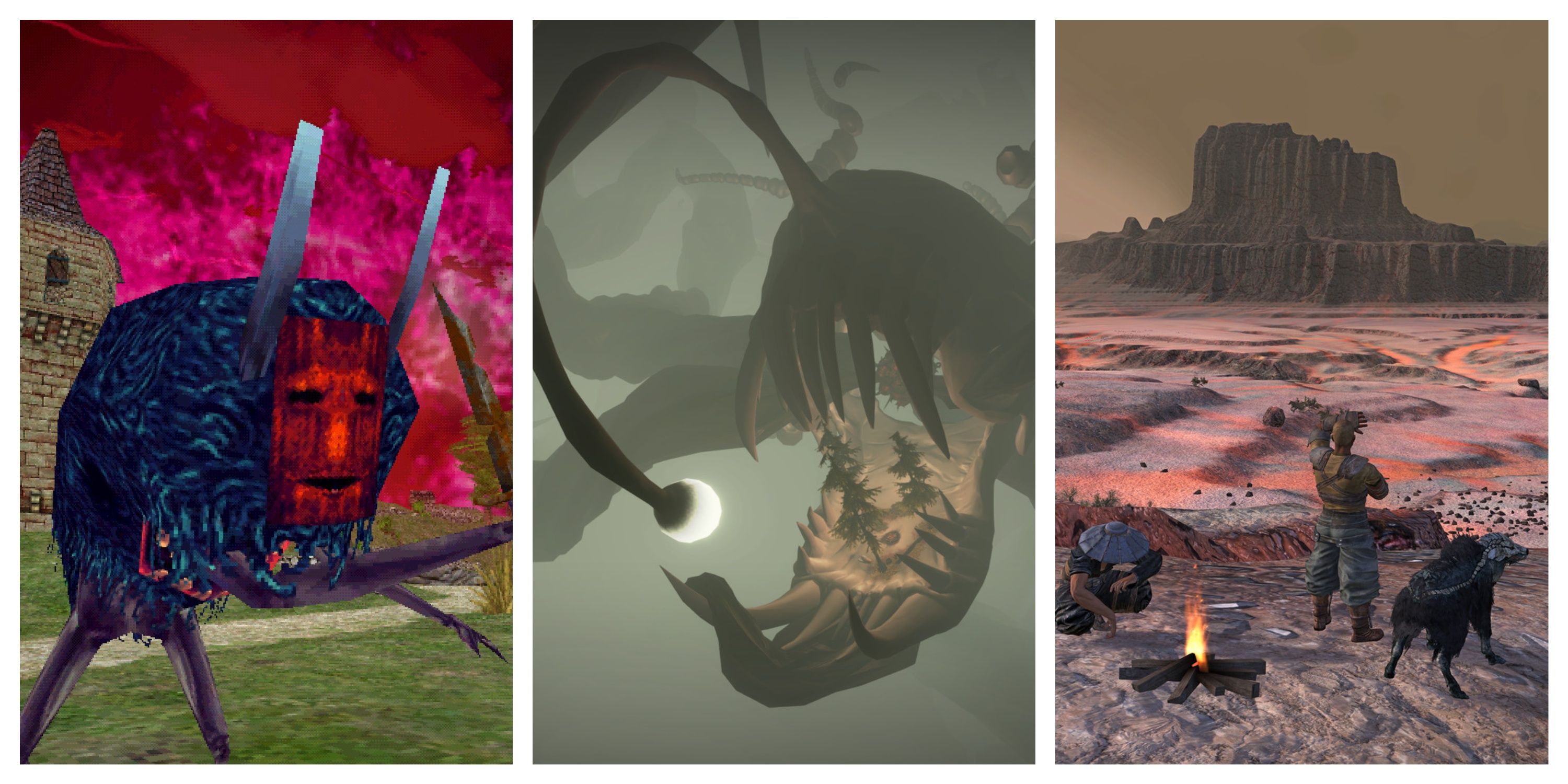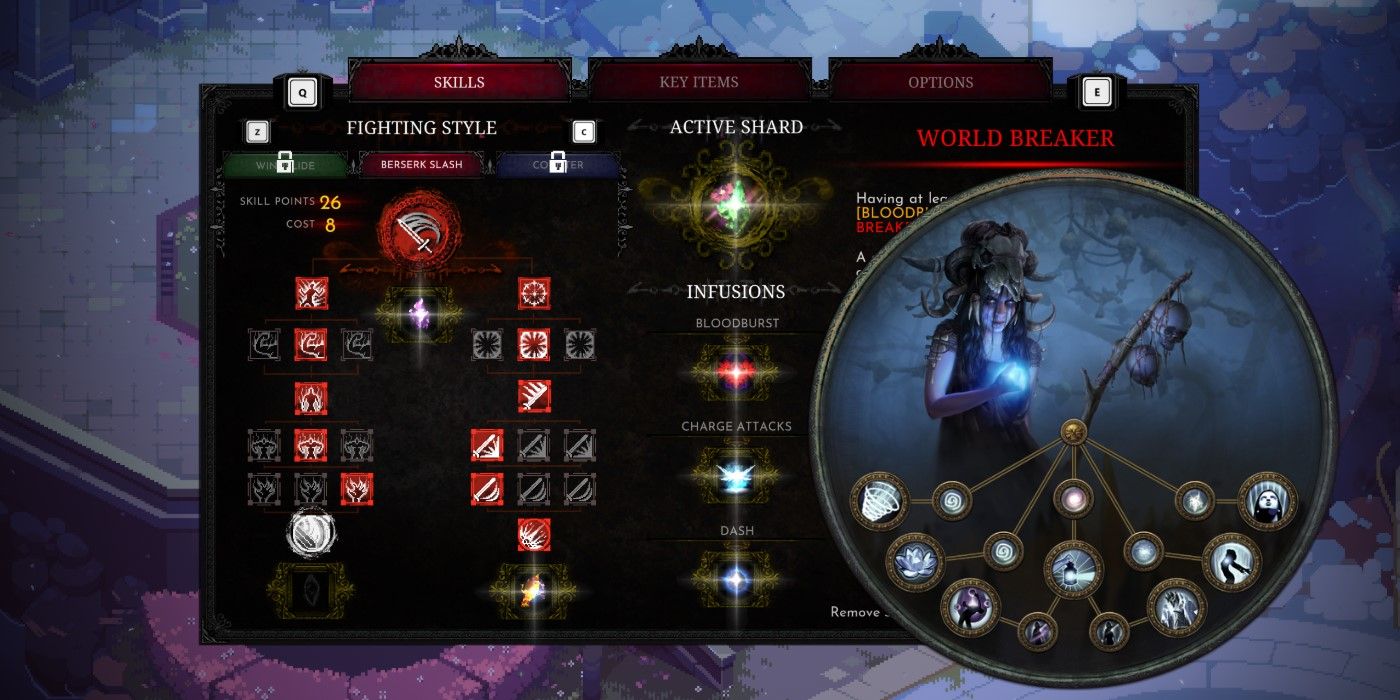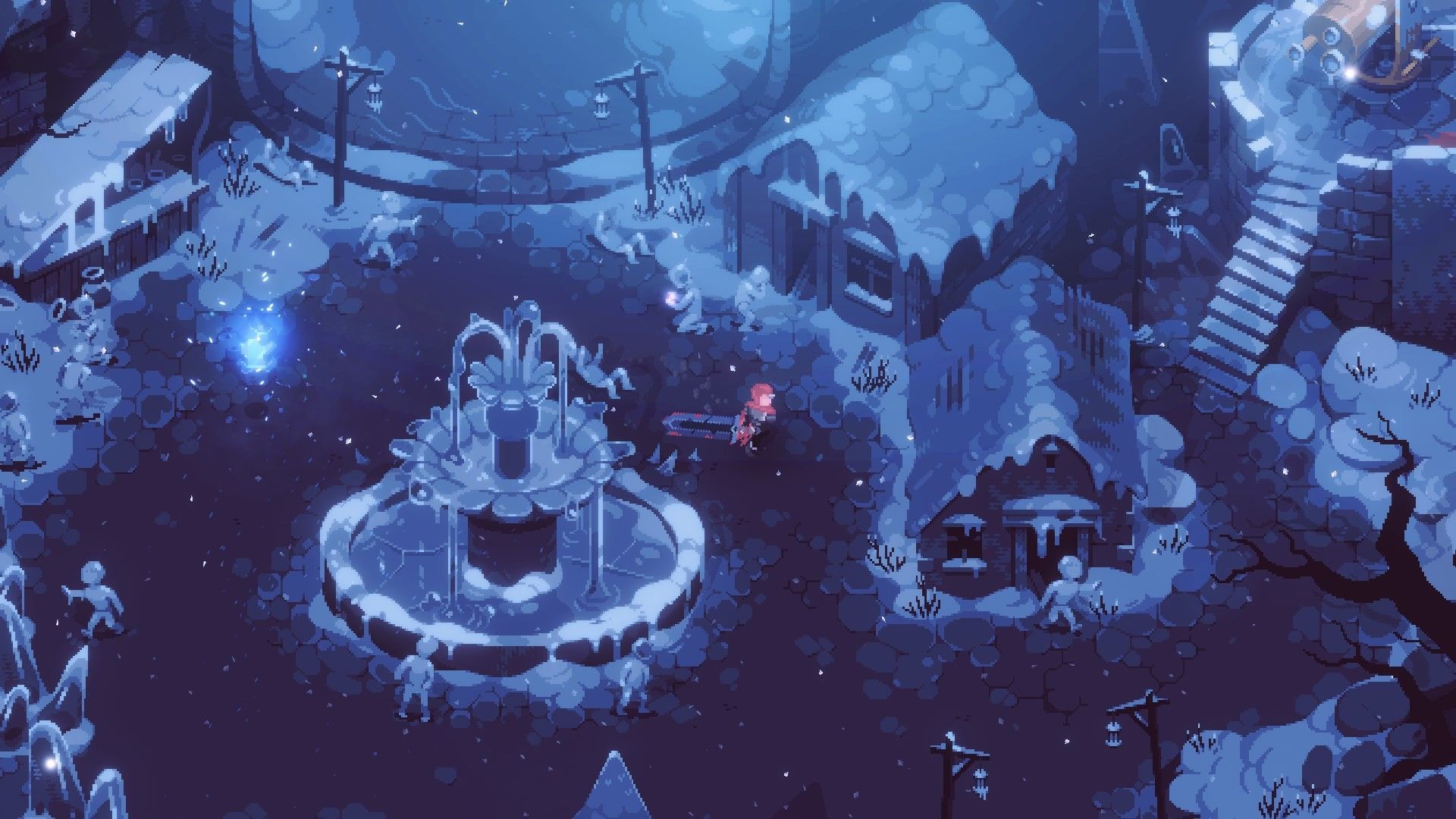Eldest Souls is unlike many other boss rush games, despite being an indie title at its core, it also comes with a varied and healthy progression system. The influence of games like Dark Souls and Demon's Souls is undeniable, but Eldest Souls manages to be its own game and offer plenty in terms of build customization as well. Game ZXC spoke to Jonathan Costantini and Francesco Barsotti, founders of Fallen Flag Studio, about their work on Eldest Souls and how its deep and complex character customization process came to be.
Two different paths can help players get the most out of their characters in Eldest Souls, with the first comprising the talent tree and its branching options, and the second being what the developers call the "Infusion system." Eldest Souls is not too dissimilar from Path of Exile when it comes to the complexity of builds and how players can find tons of interactions, and the talent tree can be changed before the encounter with each boss in the game to try different combinations. Coincidentally, Costantini is also a big fan of Path of Exile and specifically loves the character-building process that the action RPG offers.
Why Eldest Souls' Customization is Similar to Path of Exile
While Eldest Souls doesn't throw in the mix tons of different gear bits of increasing rarity, whereas Path of Exile has plenty of Unique items to choose from to make interesting combinations, the upcoming indie title awards players with talent points and Shards after every boss kill. Eldest Souls features three different branches with their own titular skill, and then each of those branches into two more trees, making for plenty of build variety and options to optimize them.
The first branch comes with the Windslide skill, which is a dash ability that also shoots homing projectiles to damage enemies, and of course grants players the opportunity of having a more mobile build. The second branch features Berserker Slash, a powerful melee attack that deals the most damage out of the three skills, and it also grants a buff called Berserk that improves damage further. Lastly, the third ability is called Counter, which is a defensive skill that works in a similar way to Dark Souls' parry. According to Costantini and Barsotti, Counter is also the hardest one to master, and messing the timing can make the skill deal no damage.
Then, there are the Shards, which like the talent points come when players successfully slay a boss. These are very interesting because they are physical manifestations of the corresponding boss' powers, and they can either be used as a standalone ability that varies based on the boss the Shard is linked to, or they can be infused into other skills and basic actions. Infusing the Shards creates very peculiar and fun interactions, and this can be done on the base dodge that players can use in the game, on the regular melee attacks, and more.
With Eldest Souls having around 10 different bosses, the possibilities are endless when combining unique Shards powers with all the options that each talent tree has to offer. This is not unlike Path of Exile's skill tree system mixed with its deep Skill Gem system, where players can select a few abilities to use and then change the way they behave or the damage they deal based on the linked Support Gems. Overall, Eldest Souls is a very promising game that can be very addictive in terms of builds to make and find new, different strategies to deal with pesky bosses.
Eldest Souls releases on July 29, 2021, for PC, PS4, PS5, Switch, Xbox One, and Xbox Series X/S.

